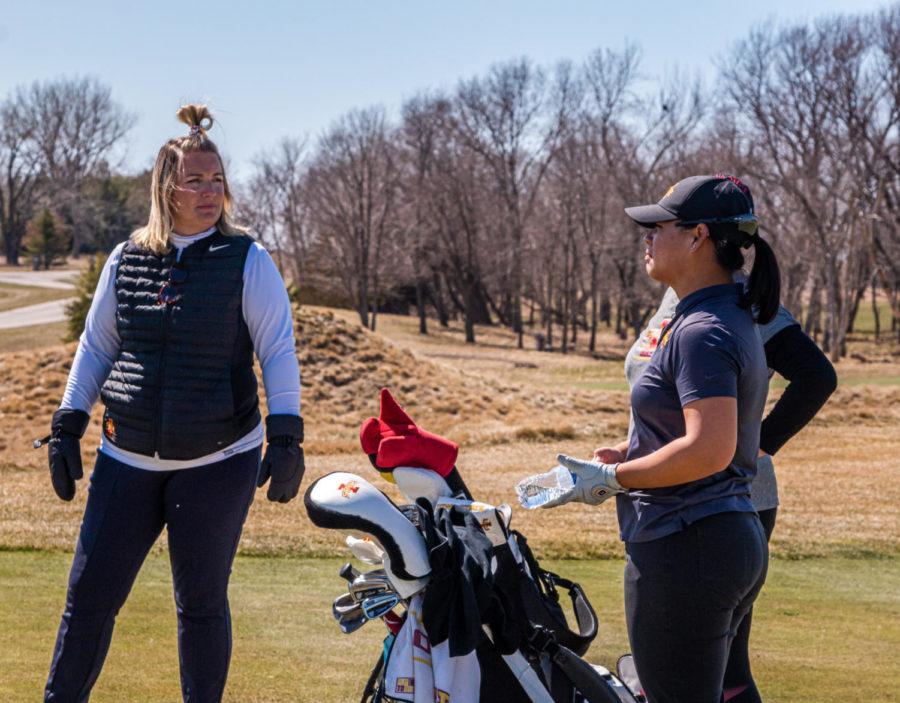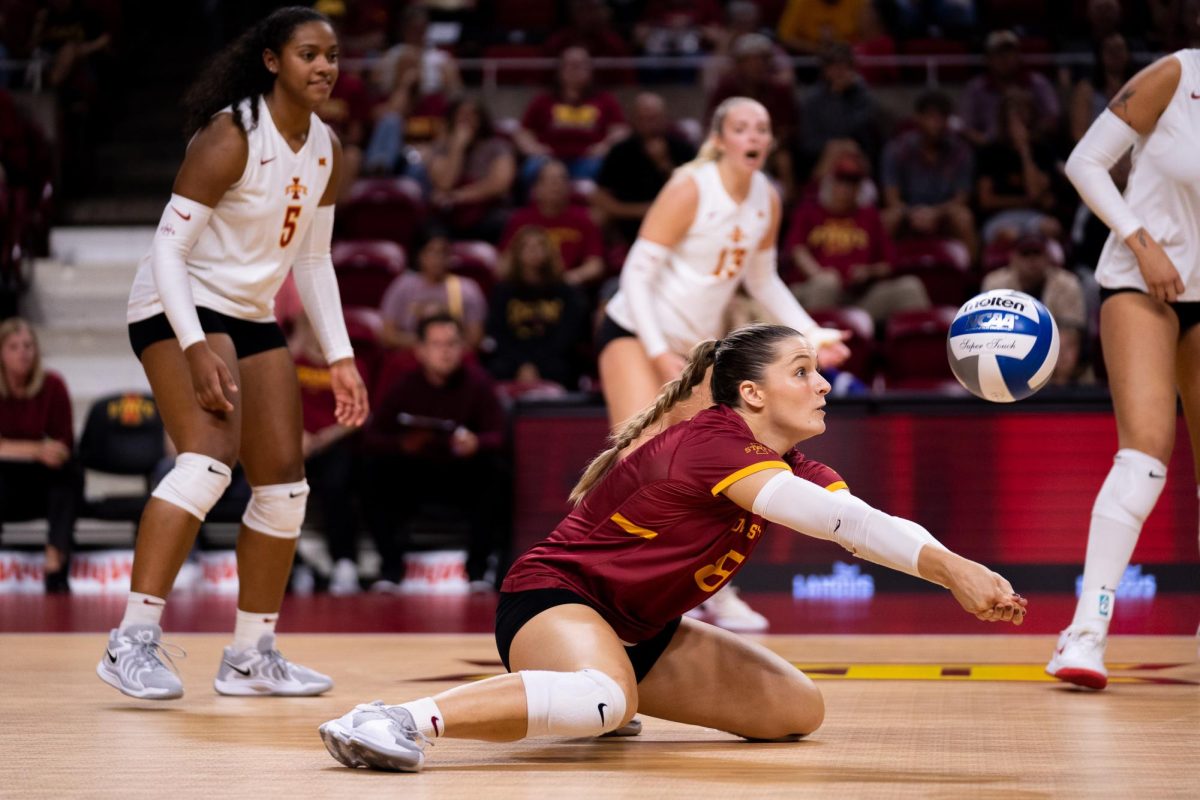Professors research growing switchgrass to save Iowa’s soil
February 26, 1999
Several Iowa State professors are researching ways to keep Iowa’s prime soil within the state through the use of switchgrass.
Switchgrass is a warm-season grass that grew throughout the state when it was predominately prairieland. Now, the grass is scarce — located only on tiny prairie reserves or in Conservation Reserve Program (CRP) pastureland, said Charles Brummer, lead researcher and professor of agronomy.
ISU’s research is focused in the Chariton River valley in south central Iowa partially because of its thin layer of topsoil.
“Switchgrass is grown extensively around the [United States], both as part of the Conservation Reserve Program and as part of forage production,” said Lee Burras, assistant professor of agronomy.
Burras said the project was developed because of the Department of Energy’s interest in renewable resources.
Brummer said there are many benefits to growing switchgrass.
“The environmental benefits are obvious for soil regeneration, stopping erosion, improving water quality and providing habitat for wildlife,” he said. “Economically, switchgrass [used] for bioenergy provides a new market for farm products and helps diversify farmers’ risks.
“In some places, like southern Iowa, where the soils are not as productive and are more susceptible, removing the prairie cover has negative consequences — like soil erosion,” Brummer said. “Therefore, replanting switchgrass is a desirable idea.”
It produces a very high yield, and it protects the soil while building up nutrients, Brummer said.
“Growing switchgrass as a bioenergy crop is a new use for an old crop, and the possibility of growing more switchgrass has both environmental and economic benefits,” he said.
The researchers are investigating the possibility of switchgrass becoming a cash crop. Brummer said the DOE is considering the possibility of offering production credits to farmers who raise switchgrass.
“Of course, if the DOE starts to also pay farmers, then a good manager will really benefit since he or she will get paid for helping to reduce atmospheric carbon dioxide levels while simultaneously producing a valuable crop,” Burras said.
The goal of the project is to allow companies that use large quantities of energy to offset some of their non-renewable coal use with renewable switchgrass, Brummer said.
“This way we can cut down on carbon dioxide emissions because the carbon dioxide from the switchgrass will be taken up by the growing plants, rather than releasing the carbon into the air as coal,” he said.
Brummer said the research is ongoing, but some experiment results will be available soon.
“Other experiments such as developing new varieties of switchgrass, will take many more years,” he said.






